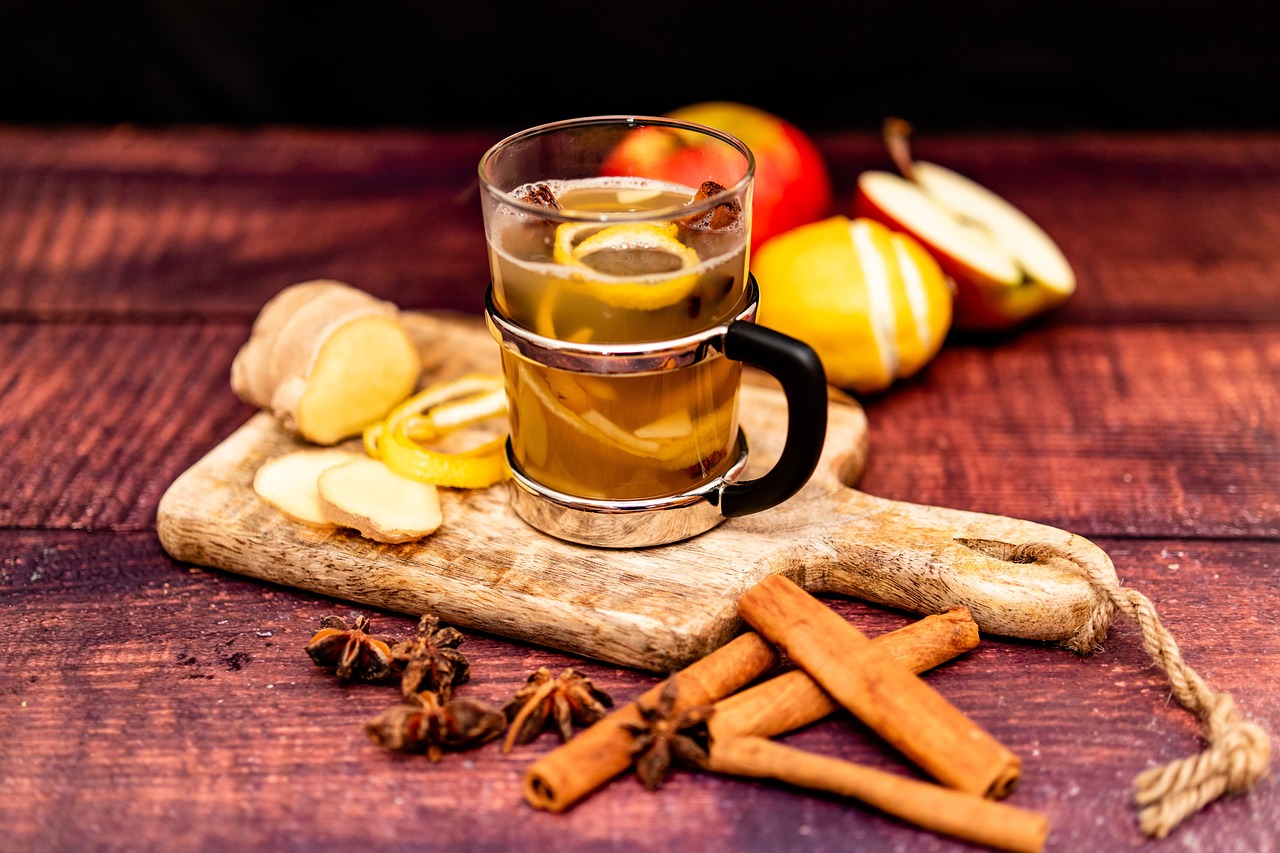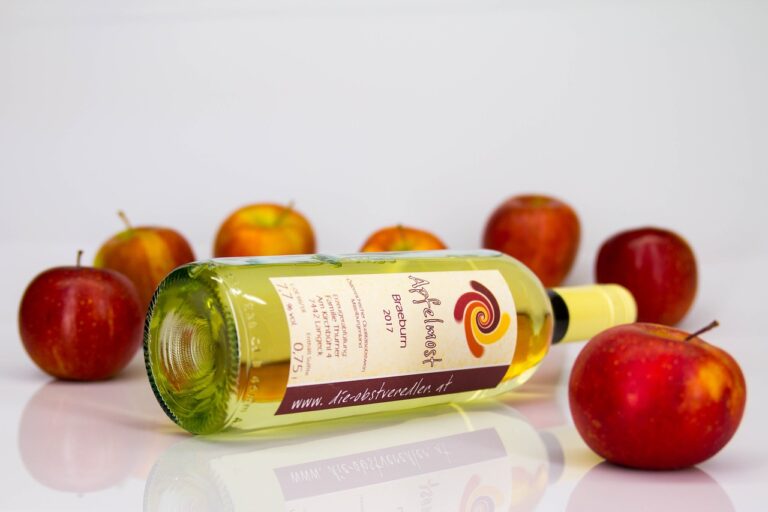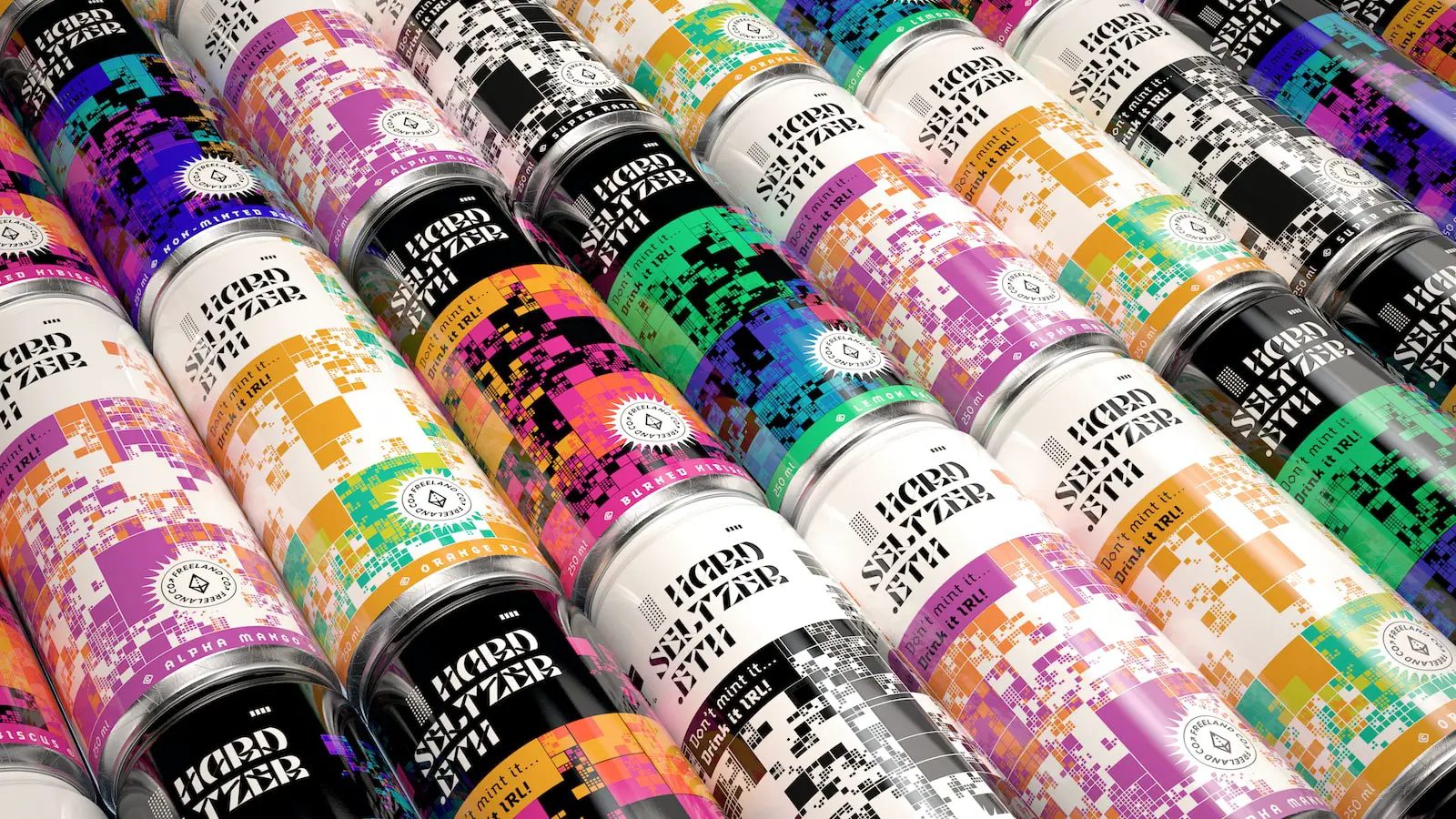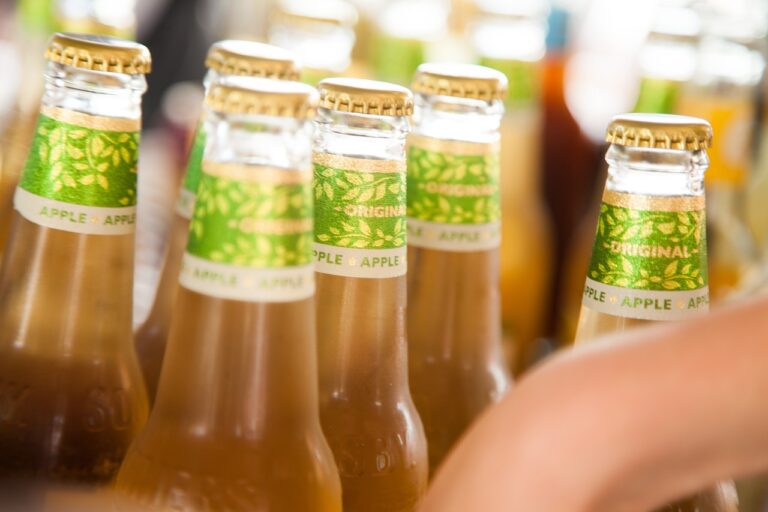Cider has been enjoyed for centuries, and it’s no secret that a key ingredient in making it is yeast.
But as any experienced brewer knows, yeast can be finicky, and sometimes it needs a little extra help to do its job properly.
Enter yeast nutrients, a supplement that can help ensure a healthy fermentation process and a delicious final product.
But does cider really need yeast nutrients? Keep reading to find out.
Does Cider Need Yeast Nutrient?
Well, you know what they say? Yeast nutrient is the bee’s knees when it comes to making cider! Without it, your fermentation process could be slower than a turtle on a hot day, and your cider could end up tasting like a dumpster fire.
Believe it or not, cider actually contains fewer nutrients than beer, which can lead to some real doozies of problems during fermentation. But don’t worry; yeast nutrient is here to save the day (and your cider).
As far as adding yeast nutrients goes, you’ll need to do it at the same time as the yeast. That way, your yeast will have all the nutrients it needs.
And don’t forget, the amount of yeast nutrients you need will depend on the quality of your cider and the specific recipe you’re using.
Is Yeast Nutrient Necessary?
Now, listen here, folks! Yeast nutrient isn’t always necessary for cider making.
Some cider-makers prefer to let the natural nutrients in the cider do their thang during fermentation.
But if you’re experiencing slow fermentation or off-flavors in your cider, adding some yeast nutrients could be just the ticket to get things back on track.
Therefore, it’s always recommended to follow the recipe or instructions provided by the manufacturer to ensure the best results.
How Much Yeast Nutrient To Add To Cider?
The amount of yeast nutrients you need per gallon of cider is gonna vary depending on a bunch of different factors. For instance, if you’re using dry cider yeast, you’ll only need about 1/4 teaspoon of yeast nutrients per gallon of cider.
But if you’re using a different type of yeast or making a different type of cider, like a sweet or sparkling cider, the amount of yeast nutrient needed might be a whole different ballgame, isn’t it?
Now, hang on, folks, because here comes the big reveal: If you’re making wine, mead, seltzer, or cider, make sure you use one teaspoon of yeast nutrient per gallon of your precious liquid gold.
Will Cider Ferment Without Adding Yeast?
As said previously, cider can actually ferment without adding yeast. This is because the fruit used to make cider has wild yeast on its surface, which can start the fermentation process all on its own.
But it’s just that this can be a bit unpredictable in terms of the outcome, which is not necessarily ideal for those looking to create a specific type of cider.
The thing is, using commercial yeast strains for cider fermentation is a more reliable and consistent method that can produce a more predictable and desirable outcome. Like, who doesn’t want a predictable and desirable outcome, right?
Commercial yeast strains are specifically designed for cider making and can help ensure a successful fermentation process and, therefore, a better final product.
All that being said if you’re feeling adventurous and want to try your hand at wild yeast fermentation, go for it. Just keep in mind that using commercial yeast strains is generally recommended for the best outcome.
Yeast Nutrient Substitute For Cider
As for yeast nutrients, they are totally necessary for fermentation. To keep the yeast happy and make a delicious cider, you gotta give them all the nutrients they need, right?
If you don’t have yeast nutrients, no worries. Raisins or dried fruit are, like, an awesome substitute. They’re packed with natural sugars and nutrients that can feed the yeast and get it going.
Honey is also a great option. It’s high in nutrients and can give your cider a lovely flavor!
Oh, and don’t forget to add black tea; it’s got tannins that can make your cider taste better.
While yeast nutrient is, like, the best choice, these substitutes can, like, work in a pinch and make sure your cider turns out amazing!
How To Add Yeast Nutrient To Cider?
So now you know why yeast nutrients are used, and you want to add them right away. Here’s a totally simple guide on how to add yeast nutrients to cider:
- As a first step, figure out how much yeast nutrient you need based on the size of your batch (like, 1 gram per gallon).
- Using a scale, measure out the yeast nutrient, making sure to be totally accurate.
- Next, dump that yeast nutrient right into your cider. Just sprinkle it on top, and use a sanitized spoon or whisk to stir it in.
- Give your cider a good stir to make sure the yeast nutrient is evenly distributed.
- Now it’s time to pitch the yeast. Follow the instructions on the yeast package to know how much to use.
Get ready to ferment that cider! With the yeast nutrient added and the yeast pitched, you’re all set for fermentation. Just don’t forget to follow the yeast package instructions for temperature and stuff.
By adding yeast nutrients to your cider, you’ll help ensure that your yeast has everything it needs to work its magic and create the tastiest cider ever.
Conclusion
So, to wrap things up, like, yeast nutrient isn’t totally necessary when making cider, but it can definitely help make things better. Yet again, it gives the yeast all the nutrients they need to do their job and ferment the juice properly.
As you now know that without it, the fermentation could take longer, and your cider might not taste as good.
By using yeast nutrients, you can have a totally consistent and successful fermentation, especially if you’re new to cider-making!
Basically, it’s up to you whether or not you want to use yeast nutrients. If you want the best possible cider, though, it’s totally worth it!










